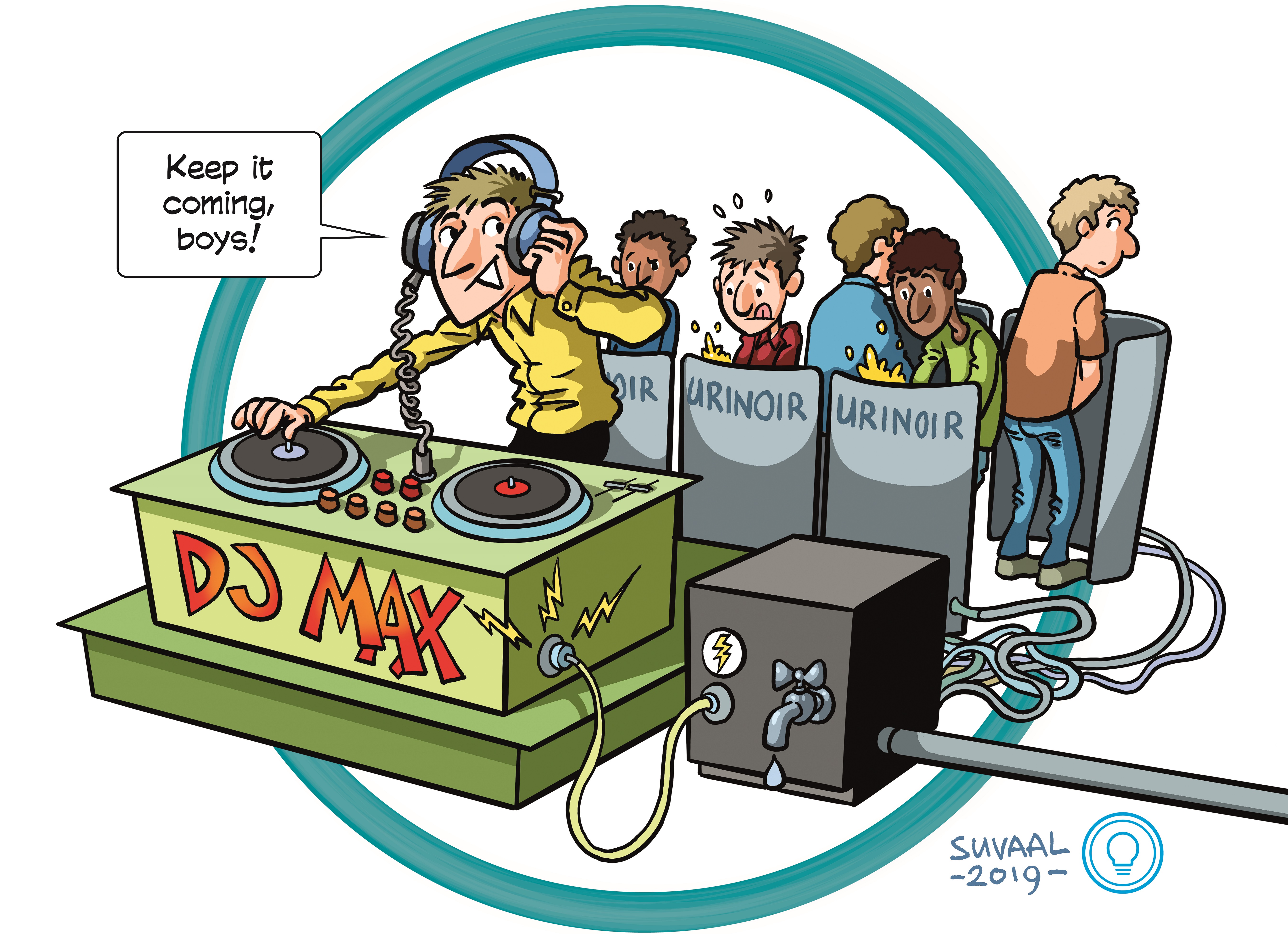From pollutant to power
Themes: Energy, Water & Maritime


A TRL is a measure to indicate the matureness of a developing technology. When an innovative idea is discovered it is often not directly suitable for application. Usually such novel idea is subjected to further experimentation, testing and prototyping before it can be implemented. The image below shows how to read TRL’s to categorise the innovative ideas.
Summary of the project
Ammonia is a crucial resource for the production of fertiliser and the subsequent growth of crops. After the (human) consumption of protein, ammonia is often found in waste water. Before the water is discharged to the aquatic environment, ammonia has to be removed, because the excessive discharge of ammonia causes oxygen depletion and algae growth in the receiving water bodies.
Waste water is often treated by an energy consuming process using bacteria, but in the “From Pollutant to Power” project, the researcher is looking at physical and chemical treatment to recover the ammonia. The researcher aims to develop a method to recover the ammonia from waste water, to use it for the production of energy. By feeding the ammonia in a fuel cell, electrical and thermal energy can be produced. By using less energy for the recovery of ammonia than energy is produced in the fuel cell, an energy surplus can be achieved. This approach, to shift from an energy consuming to an energy producing method is what makes this project unique.
What's next?
Currently, the process has proven itself in the lab, the next step is to test the process on a pilot scale. In addition, there will be a PDEng who will make an actual design and cost assessment for the system in an industrial environment.
Ir. Niels van Linden
